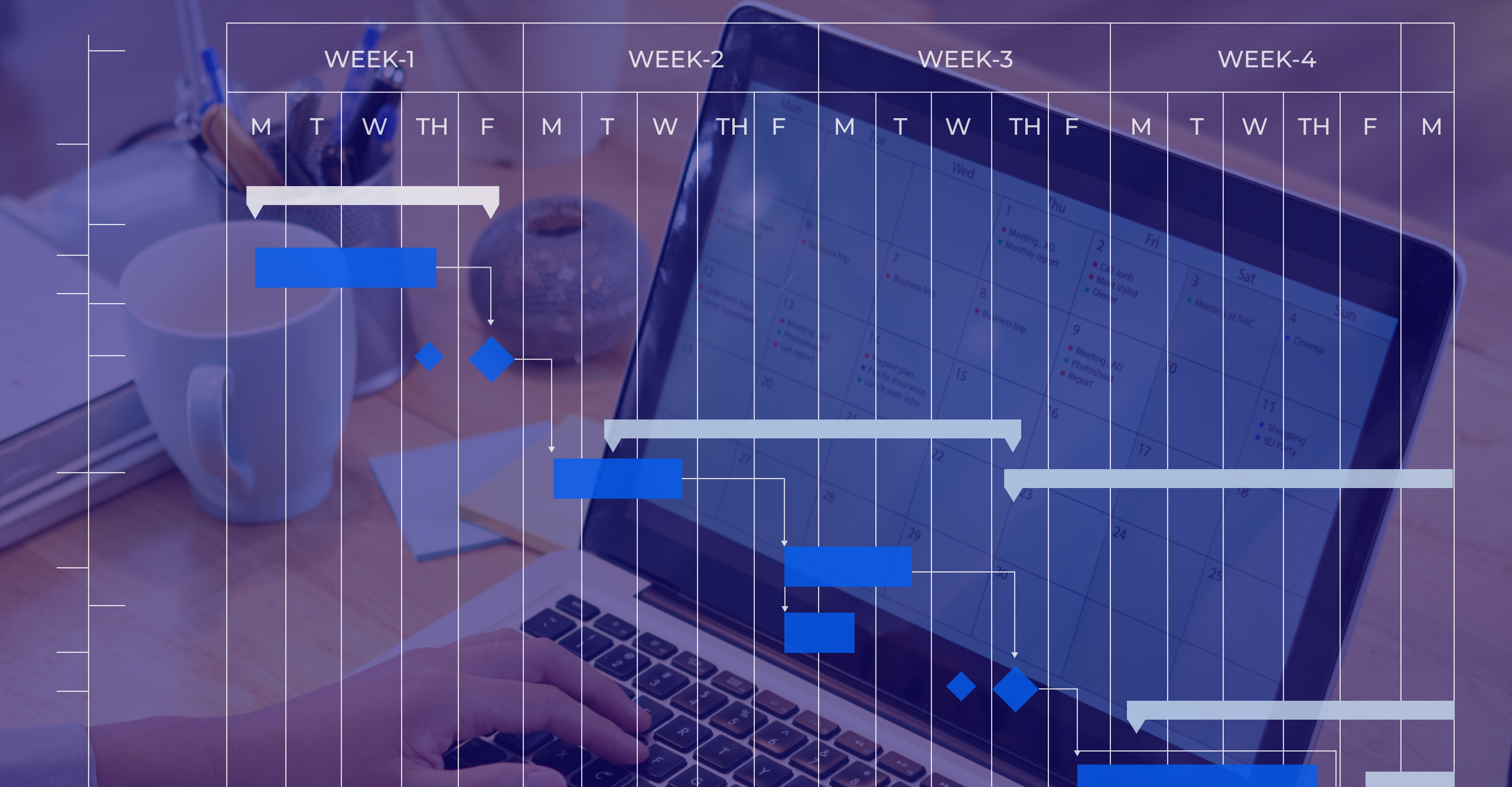Sprint Definition:
The heart of the Scrum is the Sprint which is a short iteration with a duration of 2- 4 weeks. The goal of Scrum Sprint is to maintain the small iterations within a limited period, between 2- 4 weeks, to make the team complete a set of works and deliverables. With the help of Sprint, we can break the complex project into small iterations and make the team more flexible in adapting to the changes and feedback. The events then repeat every Sprint to achieve the full product, and the new Sprint will launch once the previous Sprint gets closed.
Planning and the Execution of Sprints:
How Sprint Planning Fits within the Scrum Process?
In Sprint Planning, the scrum team will host the event of planning. The functional team will run the applicable flow documents in the planning meeting. They will explain how the application will work and what functionalities need to be covered. The most important output for the sprint planning meeting is that the team can elaborate on the goal of the Sprint and how it will work toward that goal. This is made more visible in the sprint backlog.
Sprint Planning will only happen when the development of the product owners is available.
The Product Owner, Scrum Master, and team members can be a part of the Sprint Planning Meeting.
Before starting the Sprint planning, the scrum master should groom some user stories from the product backlog.
- Sprint planning meetings should stick to 15 mins.
- We should understand the real-time effort of the team members to close the tasks committed for each Sprint.
- We need to create an estimated time for user stories and tasks.
- The team should be clear with the sprint goals and outcomes of each Sprint to achieve a quality product.
- We should align the sprint goal with the product goals.
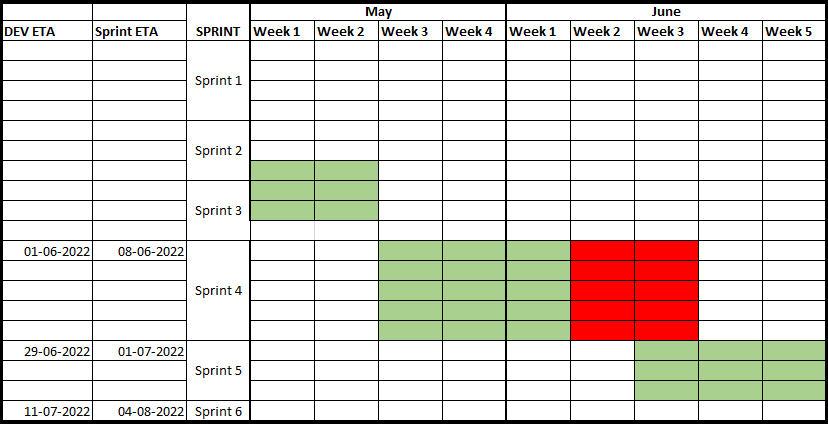
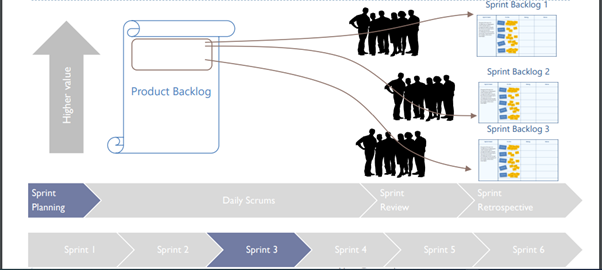
Scrum Status Call:
During the scrum calls, the team will discuss the roadblocks, what was completed yesterday, what’s in progress, and how close we are to the sprint goal with the help of the Jira board, and it should be completed within the time-box 15mins.
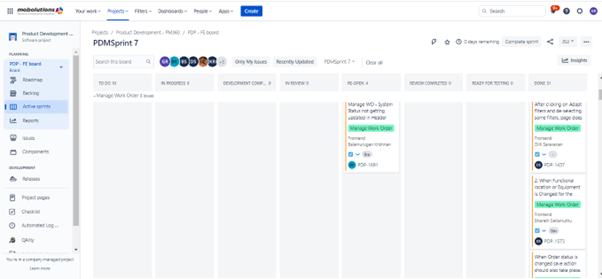
Sprint Review:
The Sprint Review call is not the same as the retrospective meeting. During this Meeting, the scrum team will showcase the things and the functionality completed during the active Sprint.
Sprint Review will help the team to improve deliverables, and also It will let the team know where we stand on the deadlines and development.
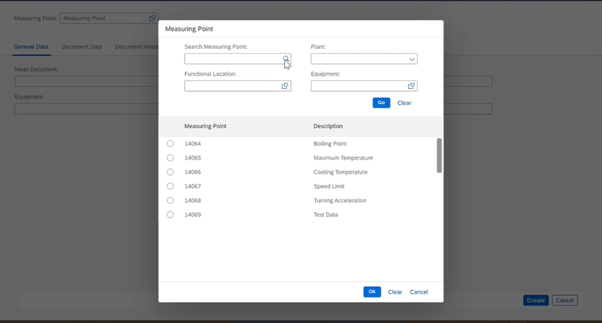
Sprint Retrospective.
In the Sprint Retrospective meetings, which will happen after we close each Sprint, we will discuss what went well and what didn’t go well, and we will bring the list of action points for the next Sprint.
The Outcome of our Project using scrum:
- We have split our SAP Application into different sprints.
- We have increased the product quality by undergoing lots of testing at the end of each sprint.
- We have improved the quality of code and the product output during each sprint reviews in the testing phase.
- During Daily meetings, we have identified and resolved the issues/challenges.
- Completing work using the definition of done addresses the development, integration, testing, and documentation are completed and moved to production.
Why we used Scrum in our project instead of Kanban?
- Scrum is the Time boxed framework, and it helps us to deliver our product in the defined time.
- Changes are not allowed during Sprint to avoid deviations in our deliverables.
- Works well for fast-moving development projects.
- Helps our development team work fast to implement solutions.
- Continuous feedback improved the development output.
- The functional and testing team tests our product frequently in the process, and even those stages were included in Sprint, while we planned the Sprint.
Scrum Product Backlog:
In SAP Project, initially, we will split the requirements into user stories in the form of short descriptions to complete the development or specific improvement of the product.
The Product Owner will provide the list of prioritized tasks and topmost items that need to be delivered initially.
Based on the product backlog, we will build the roadmap in the JIRA tool.
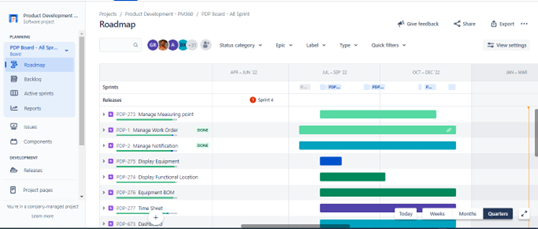
Sprint Backlog:
Sprint backlog is the combination of tasks that needs to be completed during the Sprint. The team members will pick up the product backlog items and commit to the Active Sprint during the sprint planning meetings.
Under the user stories, scrum master will create a list of tasks that needs to be performed during the Sprint to complete each user story.
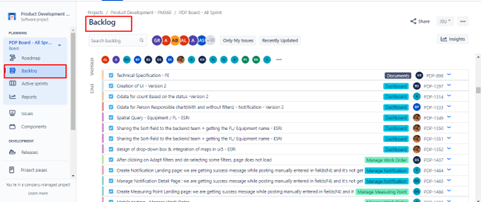
All the tasks under the user stories will be created in JIRA and moved to the sprint backlog, as shown above.
